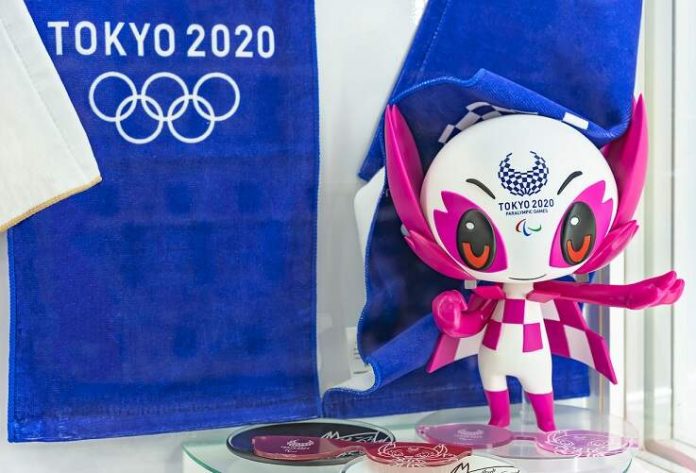After a heartwarming performance at the 2021 Tokyo Olympics, our Indian participants have won 5 medals at the 2021 Tokyo Paralympics in just 7 days. Sumit Antil, a wrestler turned javelin thrower set a world record of 68.55m in the F64 event and brought home a gold medal. Avani Lekhara, a shooter too, also created a historic moment by becoming the first Indian woman by winning a gold medal in the R-2 women’s 10m Air Rifle Standing SH1 event. She too set a new world record at the Paralympic by finishing with a record of 249.6. Discus thrower Yogesh Kathuniya clinched a silver medal in the men’s F56 event by sending the disc to the best distance of 44.38m in his sixth and final attempt. Devendra Jhajharia, a two-time gold-winning javelin thrower won a third Paralympic medal. Sundar Singh Gurjar also bagged a bronze medal, after Devendra Jhajharia in the men’s javelin throw F46 final event.
Aren’t all of us thrilled by these medals that our Indian sportspersons are bringing home? Nevertheless, didn’t the Tokyo Olympics just reach its finish line? So now what are these Paralympics that are again creating a buzz among the sports enthusiasts?
Well, both the Olympics and Paralympics are similar in many ways yet a lot different from each other. Yes, both these are international or global sports festivals with few key differences.
The Olympics were originated in Athens, Greece some 3000 years ago and is open to all professional athletes of the world. The games are held every four years sometime between August and September however this year, due to the pandemic which had already led to the delay of this festival began on July 21st. The Olympic games begin with a grand opening ceremony and end with a closing ceremony. They usually last for about 16-17 days.
The Paralympic Games are organised for athletes having disabilities. Paralympics alternately occur every two years. Since these games are organised for athletes with disabilities, the games and the equipment needed are modified to suit the participating athletes. The first Paralympic Games were organised in 1960 in Rome between 18 to 25 September, six days after the Olympics got over.
The entire event of Paralympic Games is categorised into six different disability groups—amputee, cerebral palsy, visual impairment, spinal cord injuries, intellectual disability, and “les autres” (participating athletes whose disability does not fall into any laid down categories, including dwarfism). Each of these groups is further categorised into sections based on the type and extent of their disabilities.
Both the Olympic and Paralympic Games are headed, managed and conducted by different bodies. The Olympics are governed by the International Olympic Committee (IOC) which was set up in 1894 by Pierre de Coubertin. International Federations (IFs), National Olympic Committees (NOCs), and Organizing Committee for the Olympic Games (OCOGs) are sub bodies that fall under the umbrella of the IOC. On the other hand, Paralympics is governed by the International Paralympic Committee that was formed in 1989 in Germany.
The symbols of the two events are also different, each having a meaning exclusively to the spirit of their event. The rings that make up the Olympics symbol and 5 in total interlocked with each other making use of the colours green, blue, yellow, red and black. The symbol represents five inhabited continents of the world. Among the five colours used, at least one of them appears on the national flag of every participating country. Speaking about the symbol of the Paralympics, it is composed of three crescent-shaped curves, which use the colours red, blue, and green. It stands for all athletes coming together from all over the world. These three colours are also used in the national flags of the participating countries. The symbol stands for movement which in Latin means ‘I move’.
At present, the Olympics conducts 38 sports which include 5 new additions. They include baseball/softball, badminton, aquatics, archery, athletics, shooting, basketball, boxing, gymnastics, canoeing, cycling, equestrian, fencing, field hockey, football, golf, handball, judo, karate, modern pentathlon, weightlifting, rowing, rugby sevens, sailing, skateboarding, sport climbing, table tennis, tennis, triathlon, surfing, volleyball, taekwondo, wrestling. The Paralympic games conduct 22 sports with two new additions being badminton and taekwondo.
With the 2021 Tokyo Paralympics, India has been doing a stupendous job. It is going to be competing in nine sporting events. So cheer on for the participants as the country awaits some more medals.




























